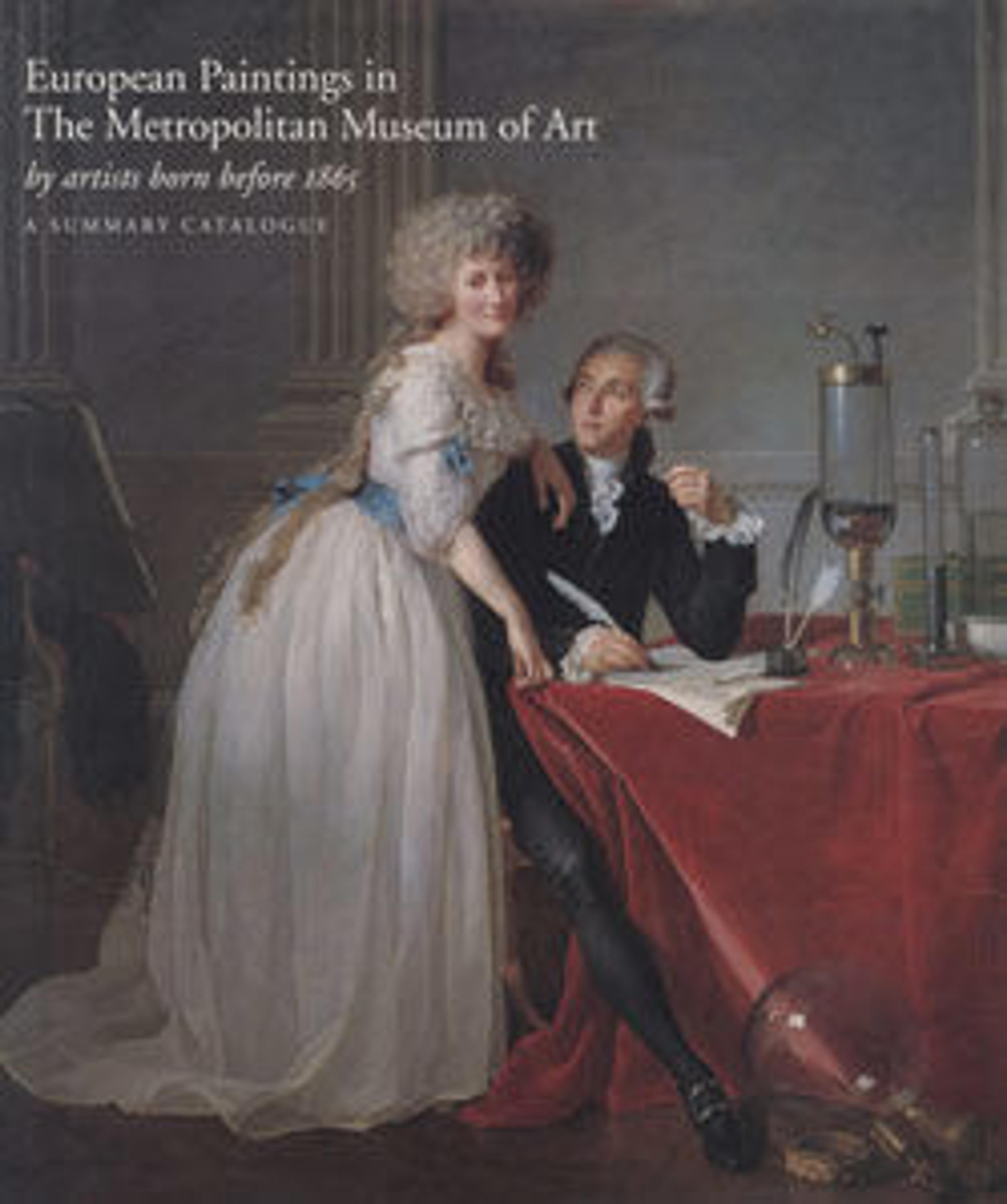Florinda
This painting depicts an episode from the legend of Roderick, the last king of the Spanish Visigoths. After spying on his maids of honor to determine the fairest among them, the king chose Florinda (at center left), who became the object of his love. In revenge, Florinda's father called the Arabs into Spain and brought about the conquest. This painting, which was shown at the Salon of 1853, is a replica of a version of the same size given by Queen Victoria to Prince Albert in 1852. Winterhalter used a similar composition for Empress Eugénie Surrounded by Her Ladies-in-Waiting (1855; Musée National du Château, Compiègne).
Artwork Details
- Title: Florinda
- Artist: Franz Xaver Winterhalter (German, Menzenschwand 1805–1873 Frankfurt)
- Date: 1853
- Medium: Oil on canvas
- Dimensions: 70 1/4 x 96 3/4 in. (178.4 x 245.7 cm)
- Classification: Paintings
- Credit Line: Bequest of William H. Webb, 1899
- Object Number: 01.21
- Curatorial Department: European Paintings
More Artwork
Research Resources
The Met provides unparalleled resources for research and welcomes an international community of students and scholars. The Met's Open Access API is where creators and researchers can connect to the The Met collection. Open Access data and public domain images are available for unrestricted commercial and noncommercial use without permission or fee.
To request images under copyright and other restrictions, please use this Image Request form.
Feedback
We continue to research and examine historical and cultural context for objects in The Met collection. If you have comments or questions about this object record, please contact us using the form below. The Museum looks forward to receiving your comments.
